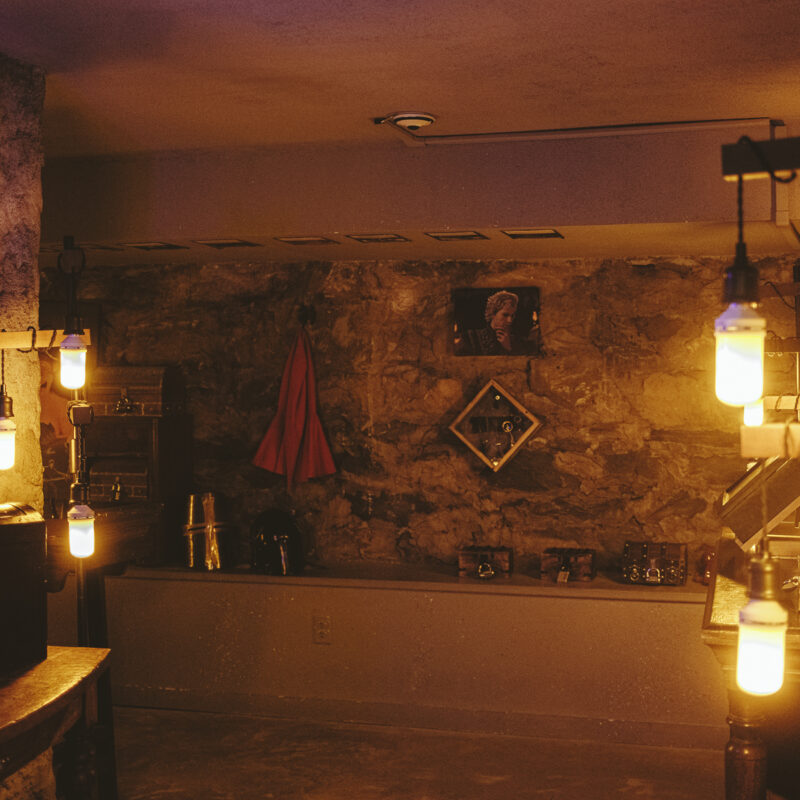Readers of C-VILLE, when you voted Monticello the Luxury House You Dream of Living In, you revealed that your idea of luxury is, well, complicated.
No McMansion, this. No granite countertops, landing strip for private jet, or (in the vacuous parlance of our time) “entertainment center.”
No, Monticello is a luxury house of the Enlightenment, a more hopeful, less narcissistic era than ours. And, it seems, you harbor some longing for its particular amenities, bathed as they are in the clear light of reason.
There is the huge, and hugely famous, garden, where Jefferson grew plants both for food and knowledge. There is the view so unbroken that, though it overlooks land, it resembles the sea. The house contains truly precious things, like the elk antlers shipped back from howling wilderness by Lewis and Clark, and the tall red chair where Jefferson sat while presiding over the United States Senate. It is luxurious to be near such objects.
And, as many other Charlottesvillians know, it is luxurious to live in a building designed by someone curious and intelligent. Jefferson’s goal for his house—designed and redesigned over a 40-year period—was that it be “as convenient as possible.” To that end, he installed wine-bottle dumbwaiters between wine cellar and dining room, and put holes in the attic doors so that housecats could enter and control the attic’s mouse population. The second-floor dome room, with its stuffy summer air and rolling-thunder acoustics, is maybe the least convenient part of the house. But it makes the grandest gesture toward beauty: yellow walls, green floor and massive circular windows in six of its eight walls.
Still, beauty and convenience and accomplishment are not all there is to life. And perhaps the luxury you, dear readers, sense at Monticello is simply a matter of comfort—a matter of living well. After all, Jefferson had his own room for brewing beer, his own library of 6,800 beloved books, and a pianoforte that must have provided many evenings of thoroughly wholesome entertainment. This house is big enough that 25 of Jefferson’s family members lived here with him at one time, and still he maintained his own private apartment where he enjoyed the unparalleled luxury of time alone to think.
We will assume that when you say you’d love to live at Monticello, you’re not including in your fantasy the 600 enslaved persons who did the daily work of running Jefferson’s beautiful, accomplished, enlightened household. Some of them worked and lived in spaces tucked out of sight underneath the long L-shaped terraces that extend from the house’s west side—from where, perhaps, they could hear Jefferson’s contemplative footsteps as he strolled the plank floors.
We will also assume that you do not covet half a million visitors per year—Monticello’s current load—nor the shuttle buses and No Eating/No Drinking rules that accompany those hordes.
We will assume, instead, that what you desire is symmetry: a brick walk flanked by two giant trees, framing a long blue view.





